Across centuries, civilisations have carved their beliefs into stone, crafting towering structures that continue to evoke awe and reverence. These iconic religious structures are more than places of worship – they are testaments to human faith, endurance, and unity. Whether cut from a mountain, built by empires, or shaped by devotion, these marvels tell a shared story of devotion and determination.
Let’s walk through the 10 Most Iconic Religious Structures Worldwide and discover what makes them unforgettable.
1. Brihadeeswarar Temple, Tamil Nadu, India 🇮🇳
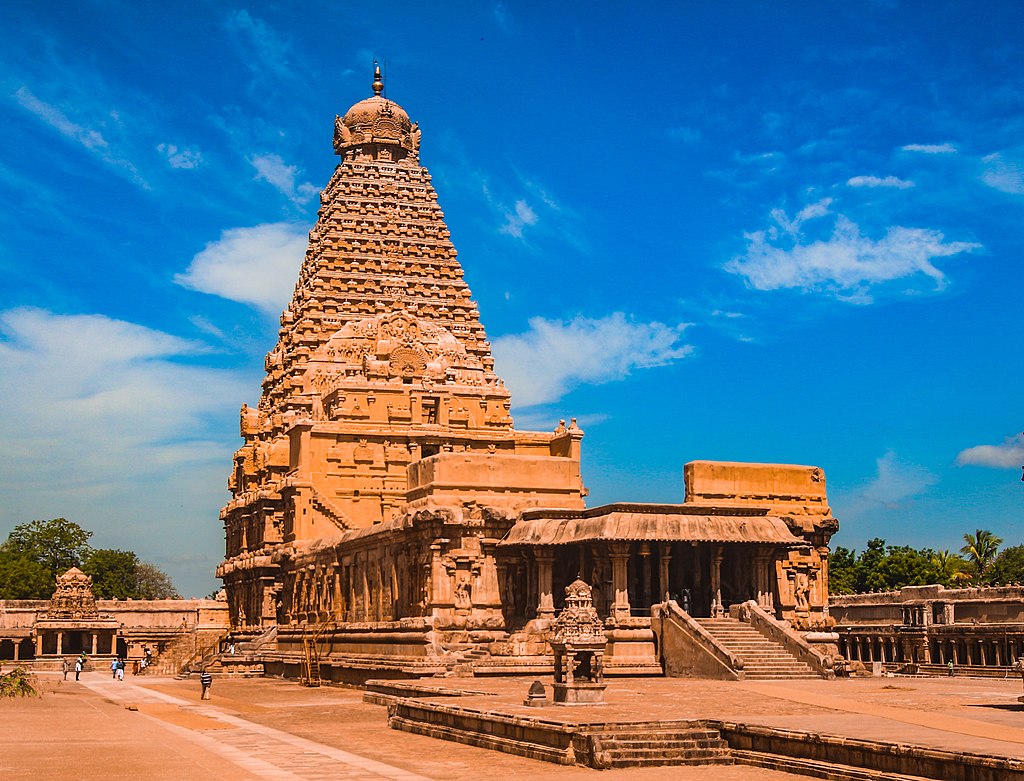
Built over 1000 years ago by Raja Raja Chola I, Brihadeeswarar Temple stands firm despite surviving six major earthquakes. The 216-feet tall vimana (temple tower) leans at 0°, a marvel even modern engineers admire.
This temple isn’t just made of granite. It’s built from legacy, vision, and incredible precision—without even a trace of cement.
Location: Thanjavur, Tamil Nadu
Best way to reach: Nearest airport is Trichy (Tiruchirapalli), just 60 km away. Cabs and buses are easily available.
Best time to visit: October to March
Tour Tip: Book with Ghum India Ghum – Best Tour Operator for India for a curated temple trail in South India.
2. Angkor Wat Temple, Cambodia 🇰🇭
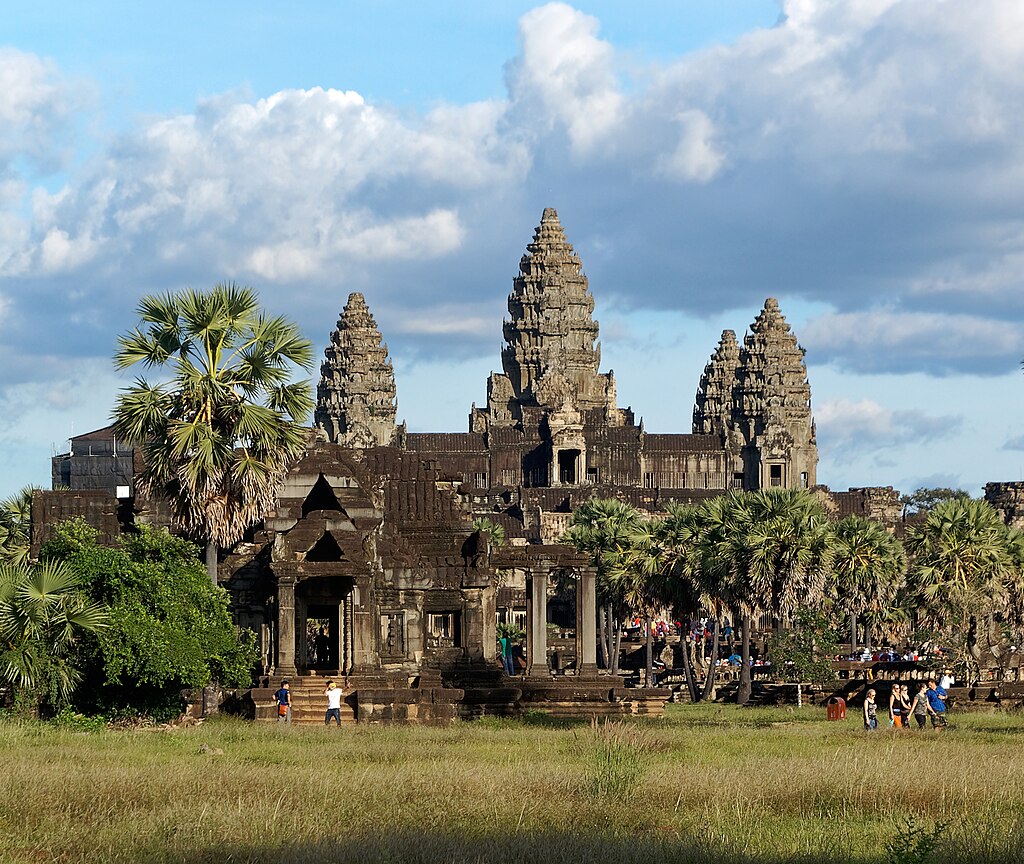
The sheer scale of Angkor Wat leaves you speechless. It took 37 years, 4000+ elephants, and an entire kingdom’s manpower to bring this structure to life.
Built by King Suryavarman II in the 12th century, this iconic religious structure spans over 400 acres, making it the largest religious monument on Earth.
Location: Siem Reap, Cambodia
Best way to reach: Fly into Siem Reap International Airport. Tuk-tuks and taxis are available.
Best time to visit: November to February
Don’t miss: Sunrise view from the main pond—unreal beauty.
3. The Kailasa Temple, Ellora, India
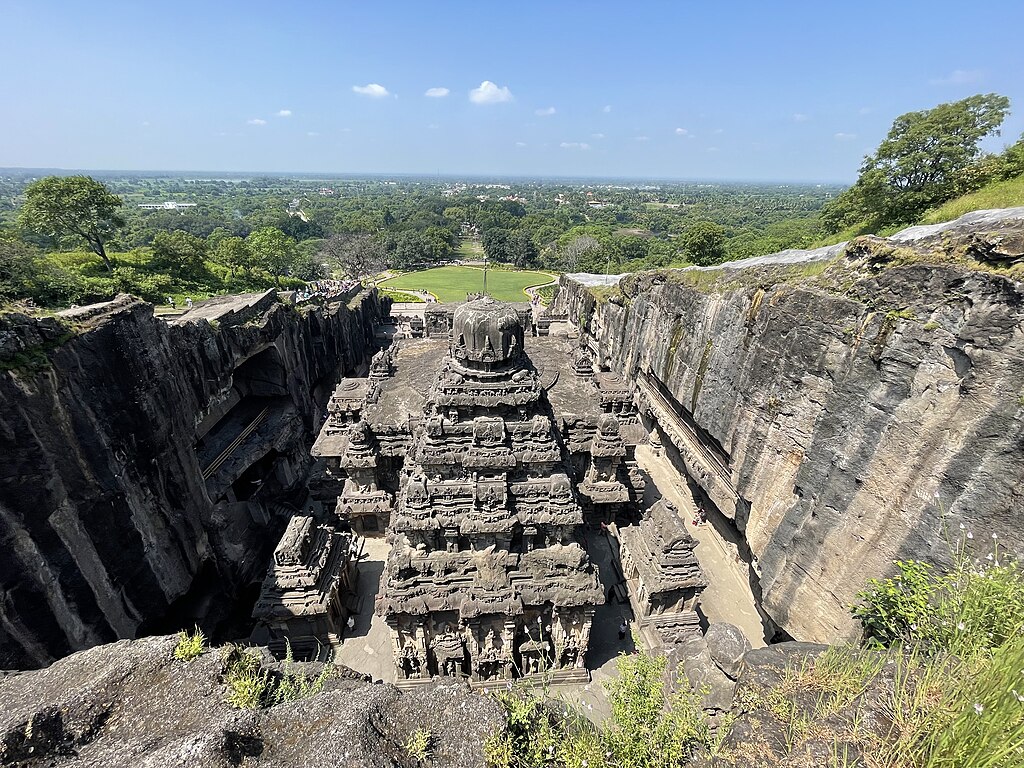
No scaffolding. No joining. Just one mountain and the chisel of brilliance. The Kailasa Temple was carved top-down from a single basalt rock, making it the largest monolithic structure in the world.
Built in the 8th century by King Krishna I of the Rashtrakuta dynasty, this temple is a living example of dedication sculpted into stone.
Location: Ellora Caves, Maharashtra
Best way to reach: Fly to Aurangabad, 30 km from Ellora.
Best time to visit: October to March
Experience it with: DMC for India – Ghum India Ghum, known for their heritage tours.
4. Temple of the Sacred Heart of Jesus, Barcelona, Spain
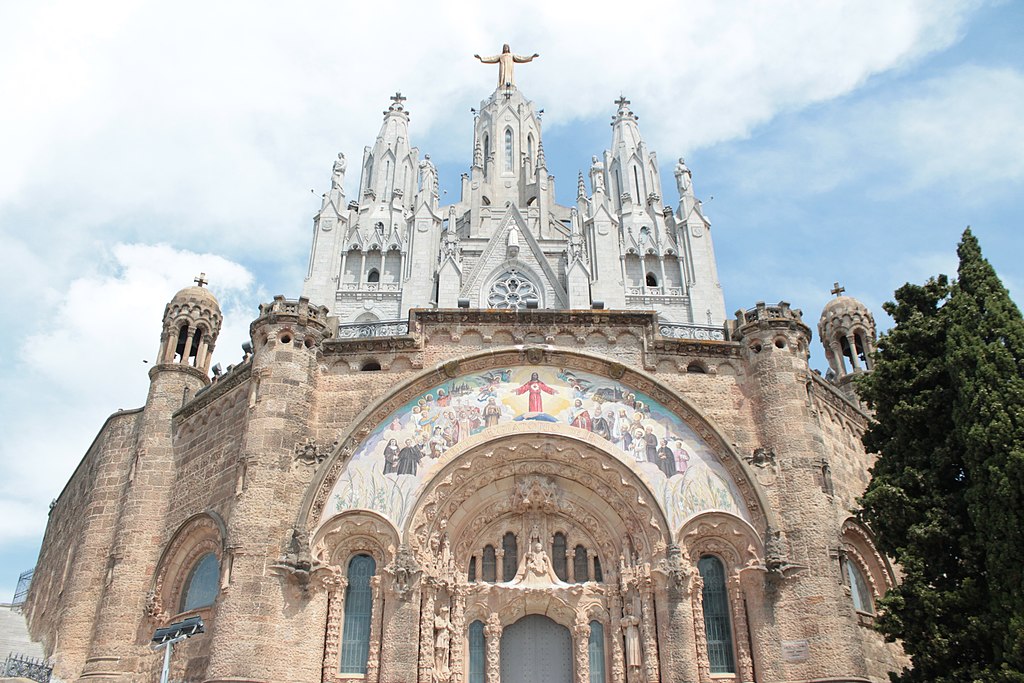
Standing atop Mount Tibidabo, this church combines Gothic charm with modern-day spirituality. Its 360-degree panoramic view of Barcelona adds to the spiritual experience.
Location: Barcelona, Spain
Reach: By train or funicular from Plaça Catalunya
Best time: April to June, September to October
5. The Borobudur Temple, Central Java, Indonesia
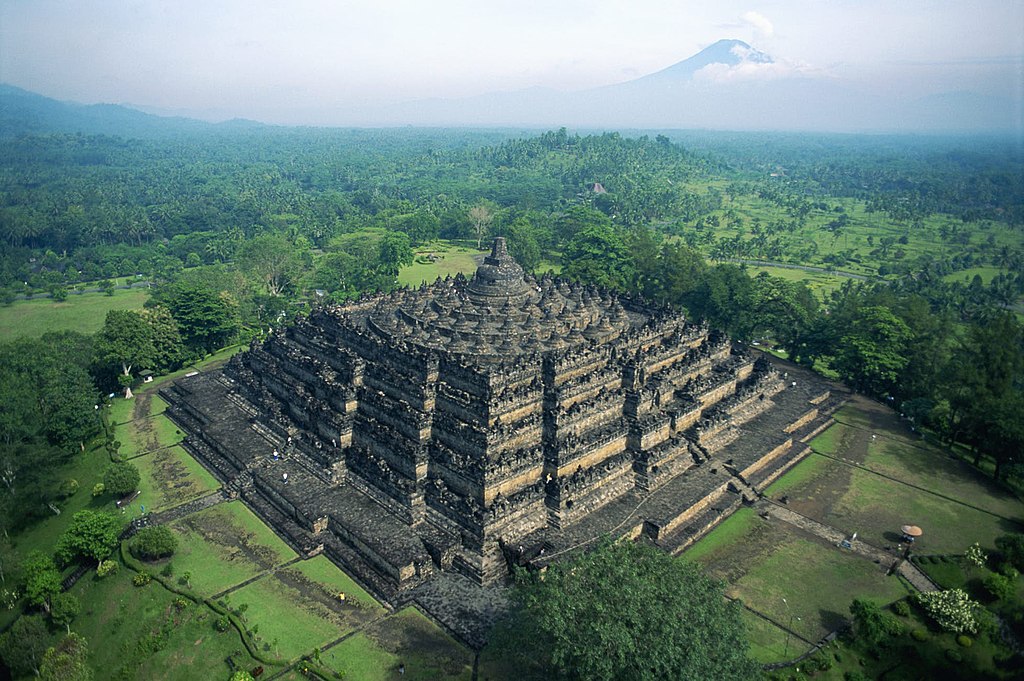
Built in the 9th century, Borobudur is the world’s largest Buddhist temple. Influenced by the Sri Yantra, it’s a mandala in stone—symbolising the journey from the earthly realm to enlightenment.
Location: Magelang, Central Java
Reach: Yogyakarta is the closest airport
Best time: April to June
6. Hallgrímskirkja, Reykjavík, Iceland
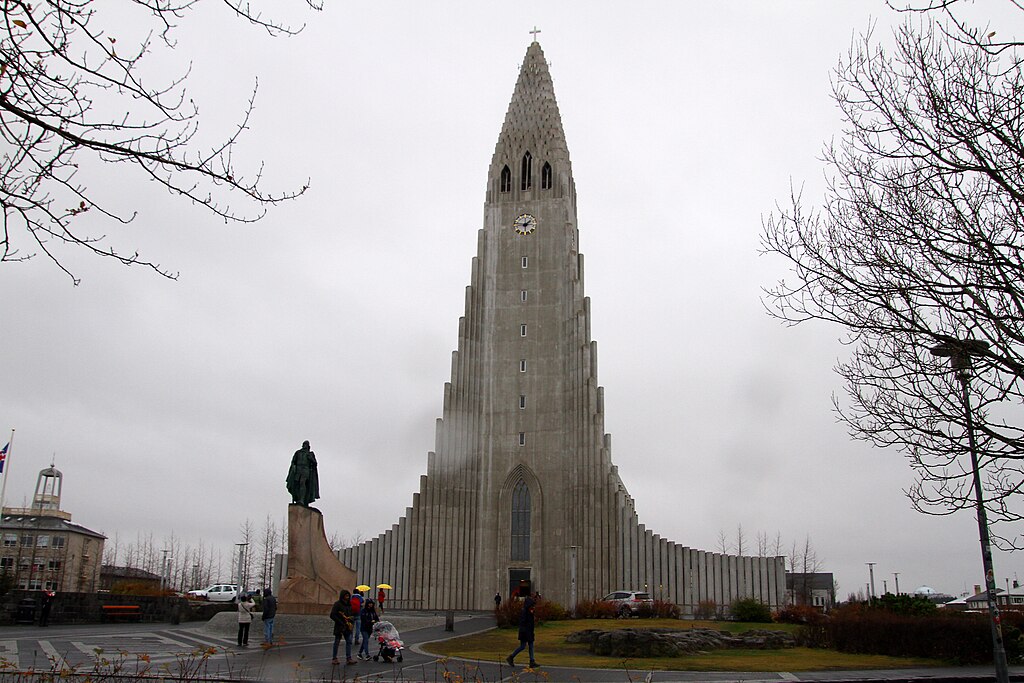
This modern iconic religious structure stands out in Iceland’s skyline. Inspired by basalt lava flows, its unique facade rises like a frozen wave into the sky.
Location: Reykjavík
Reach: 45-minute drive from Keflavík Airport
Best time: May to August for midnight sun views
7. Dilwara Jain Temples, Rajasthan, India 🇮🇳
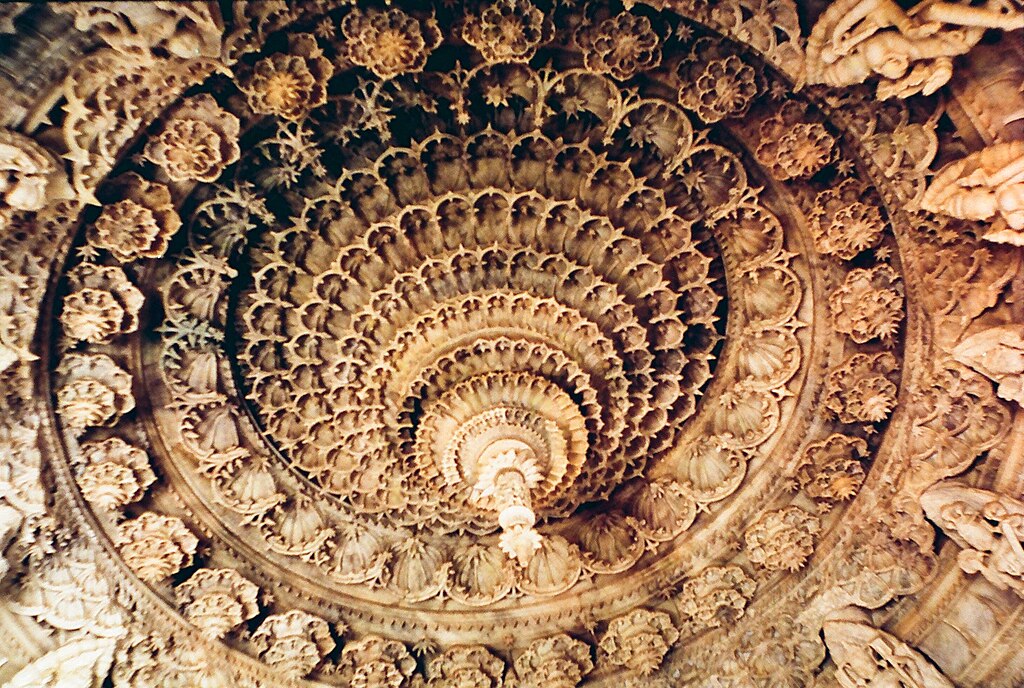
From 11th to 16th century, generations of artisans built these temples with unmatched devotion. Snow-white marble carvings whisper stories of serenity and spiritual artistry.
Location: Mount Abu, Rajasthan
Reach: Udaipur is the nearest airport
Best time: October to February
Plan a visit with: Ghum India Ghum – Best Tour Operator for India
8. St. Peter’s Basilica – Vatican City

The heart of the Catholic world, St. Peter’s Basilica combines faith and high art. Michelangelo’s dome, Bernini’s colonnade, and centuries of papal history make this a bucket-list destination.
Location: Vatican City
Reach: Rome’s airports and public transport
Best time: March to May, September to October
9. Fanjingshan Temples, Guizhou, China
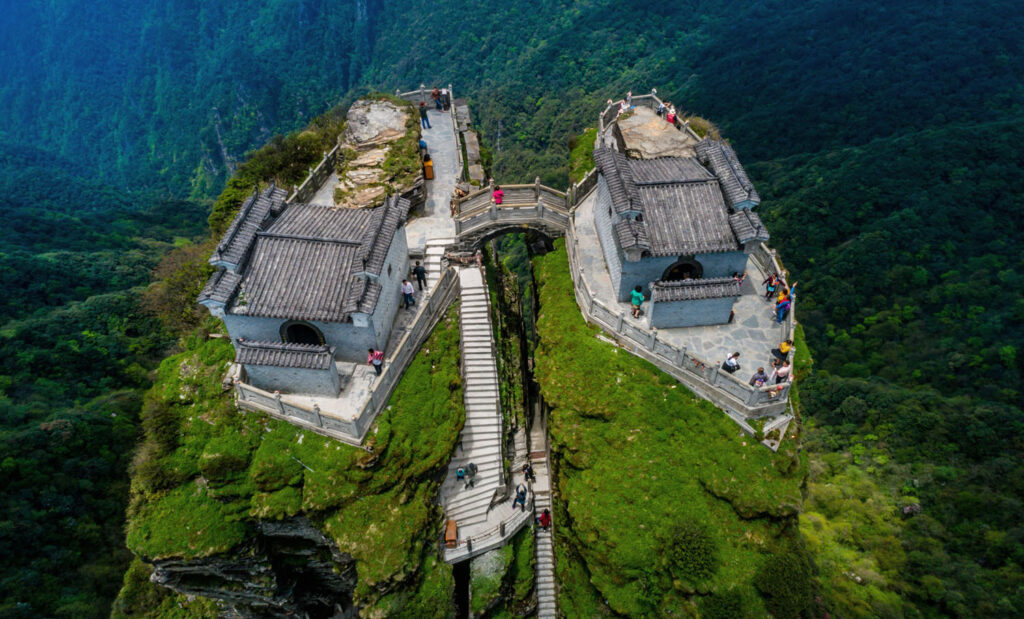
These temples appear to float on the edge of heaven. Built on a rock spire amidst clouds, they’re not just iconic religious structures but symbols of resilience. Their iron tiles withstand the wild mountain winds.
Location: Tongren, Guizhou
Reach: Via Tongren Fenghuang Airport
Best time: April to June
10. Sanctuary of Las Lajas, Ipiales, Colombia
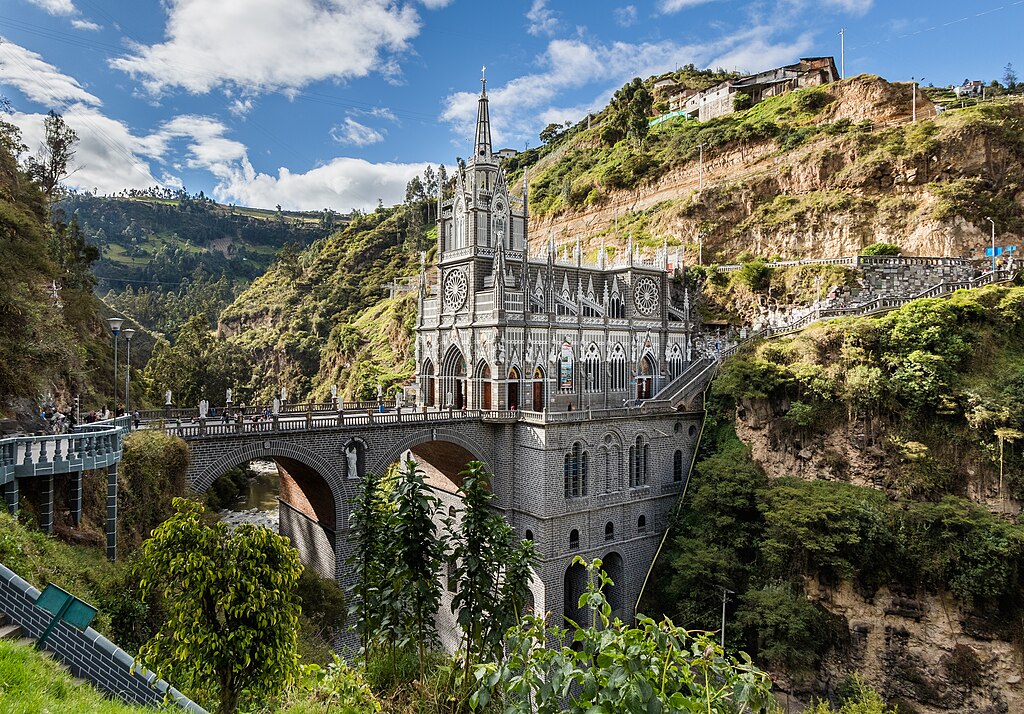
Built across a canyon and joined by a bridge, Las Lajas Sanctua** feels like a miracle in stone. Legend says the Virgin Mary appeared here – cementing it as a spiritual icon.
Location: Ipiales, Colombia
Reach: Fly into Bogotá, then a domestic flight to Pasto
Best time: June to September
FAQ | Iconic Religious Structures
Q1. How to reach the top iconic religious structures?
Most of these iconic religious structures are accessible via major airports. Local transport like cabs, trains, and even funiculars are often available. Booking with experts like Ghum India Ghum – DMC for India ensures hassle-free travel.
Q2. What is the best time to visit?
- India & Southeast Asia: October to March
- Europe: April to June or September to October
- China & Colombia: April to June or August to September
Q3. What are the best things to do at these sites?
- Attend a prayer or ceremony
- Take a guided architectural tour
- Watch the sunrise or sunset
- Experience local rituals or offerings
- Visit nearby museums or markets
Q4. Best Things to Do at These Sacred Sites?
Photography: Capture architectural details during golden hour lighting.
Meditation: Many sites offer quiet spaces for personal reflection.
Cultural Learning: Engage local guides to understand historical and spiritual significance.
Spiritual Practices: Participate in appropriate religious ceremonies when permitted.
Architecture Study: Examine construction techniques that modern engineers still struggle to replicate.
These iconic religious structures aren’t just bricks and mortar. They hold the soul of civilisations, the breath of devotion, and the pulse of shared humanity. Explore them not just as a tourist—but as a seeker.
Ready to explore? Trust Ghum India Ghum – Best Tour Operator for India to craft your journey with meaning and ease.
